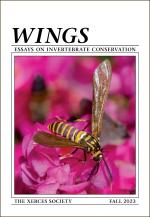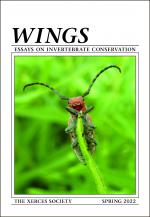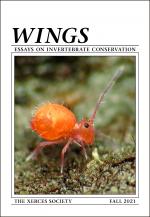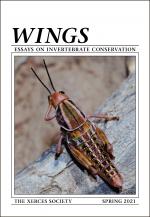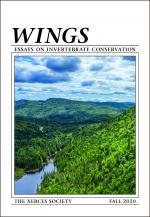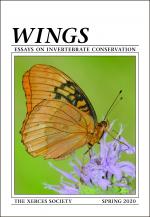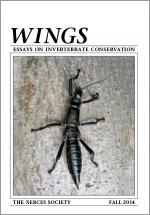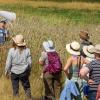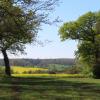Wings: Essays on Invertebrate Conservation is published twice per year in the spring and fall. Each issue features spectacular photos by leading photographers and articles by well-respected scientists and conservationists. Join Xerces today to receive a copy of the latest issue!
Current and past issues are available below as a free PDF download. Select articles may also be read online.

